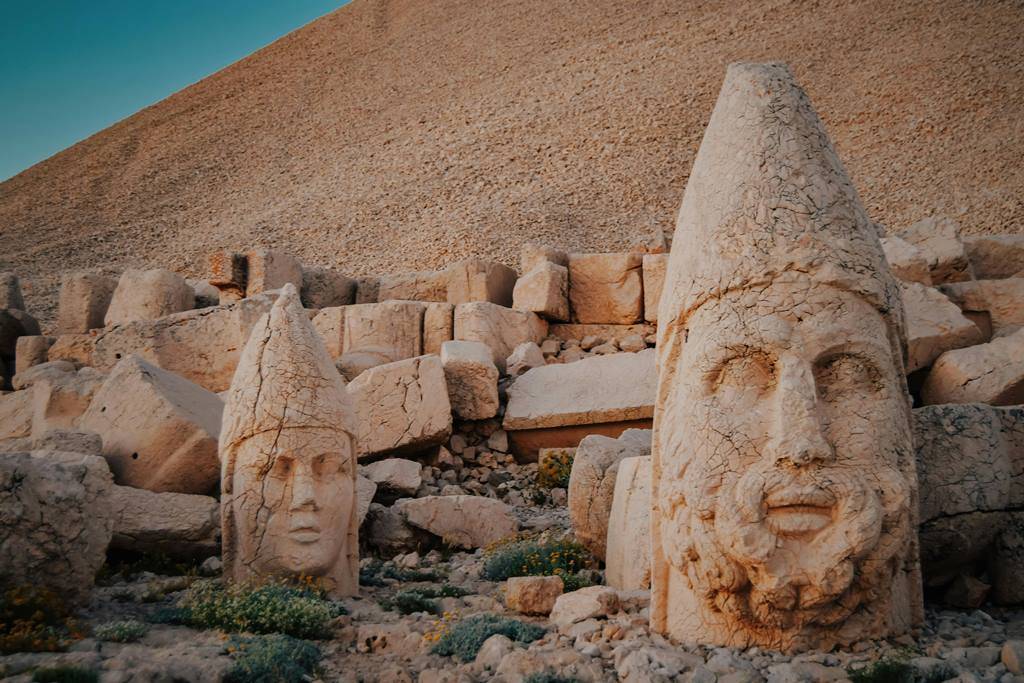Turkish UNESCO World Heritage Sites
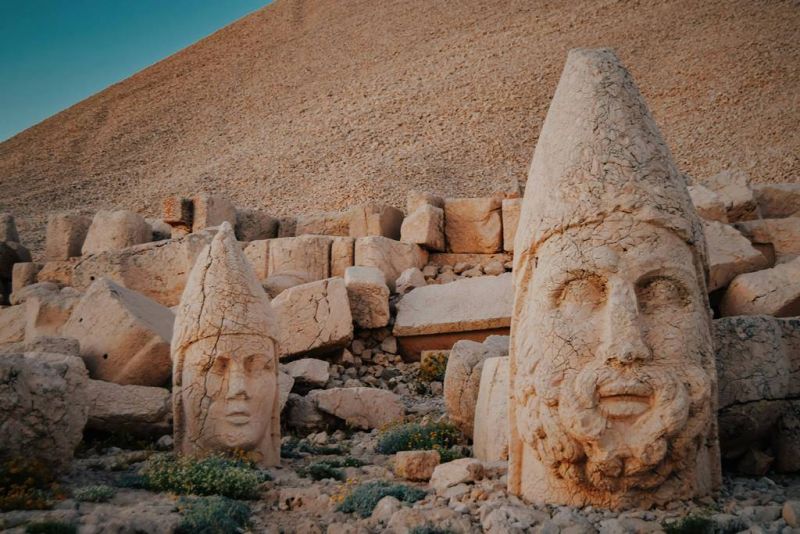
List of UNESCO World Heritage Sites in Turkey
Turkey is a country where rich history meets unique natural beauty. Thanks to its strategic location between Europe and Asia, it offers a wealth of significant cultural and natural landmarks. As of now, there are 21 sites in Turkey listed as UNESCO World Heritage Sites. Let’s take a look at some of the most notable ones.
Historic Areas of Istanbul
The city of Istanbul, once the capital of both the Byzantine and later the Ottoman Empire, is home to world-famous landmarks such as Hagia Sophia, the Blue Mosque, and the Topkapi Palace. These historical treasures together form the core of the area that was inscribed on the UNESCO World Heritage List in 1985.
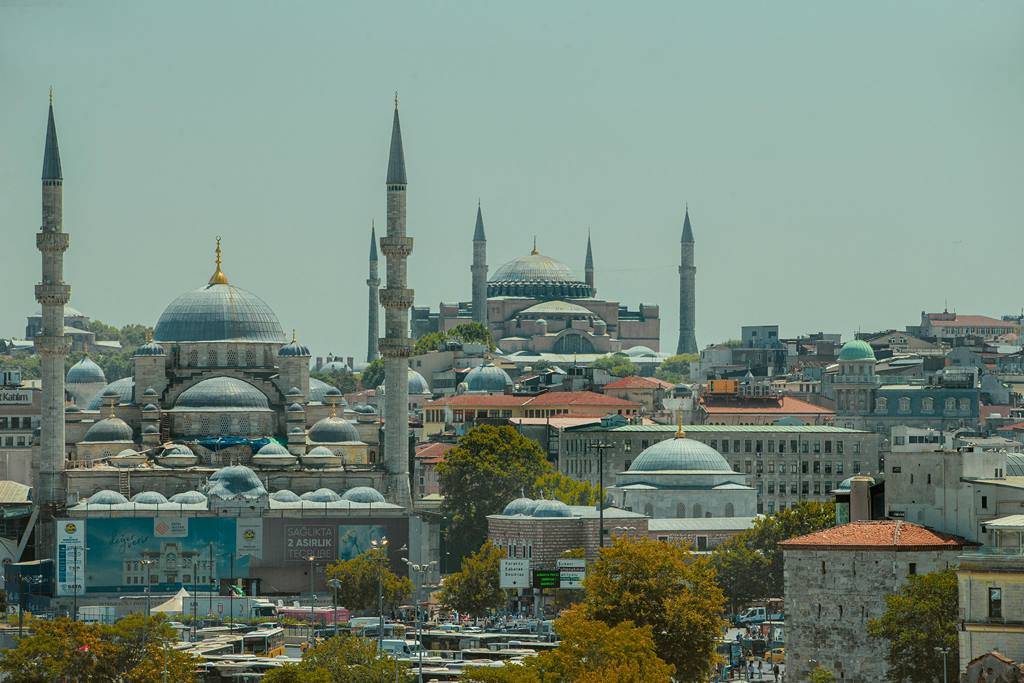
Göreme National Park and the Rock Sites of Cappadocia
Cappadocia is one of the most unique regions in the world. In Göreme National Park, you can find churches and monasteries carved into the rocks, adorned with rare frescoes. The area was added to the UNESCO World Heritage List in 1985.
Great Mosque and Hospital of Divriği
This 13th-century architectural masterpiece is known for its intricate stone carvings. It represents a unique example of Islamic architecture in Anatolia and has been a UNESCO World Heritage Site since 1985.
Hattusa – the Hittite Capital
The archaeological site of Hattusa, the former capital of the Hittite Empire, is rich in monumental gates, temples, and inscriptions. The site was inscribed on the UNESCO World Heritage List in 1986.
Nemrut Dağ
At the summit of Mount Nemrut lies the funerary complex of King Antiochus I, surrounded by colossal statues of deities. This extraordinary monument was added to the UNESCO list in 1987.
Hierapolis – Pamukkale
The natural phenomenon of Pamukkale, with its white travertine terraces and the ancient city of Hierapolis, is one of the most visited places in Turkey. It has been listed as a UNESCO World Heritage Site since 1988.
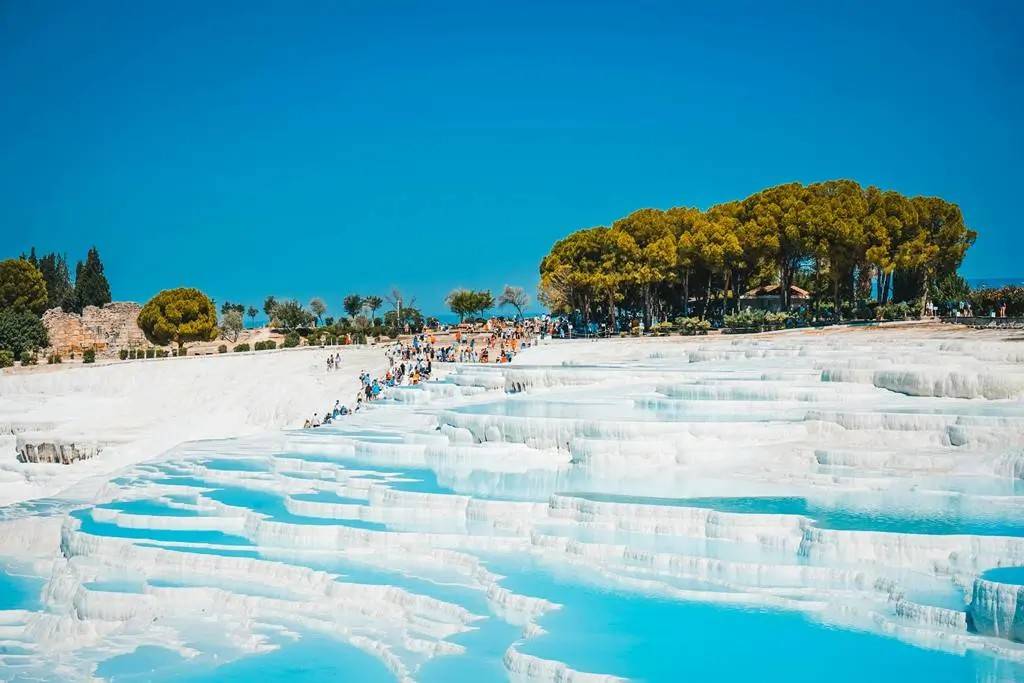
Xanthos – Letoon
These archaeological sites were important centers of ancient Lycia. They were inscribed on the UNESCO World Heritage List in 1988 for their historical and archaeological significance.
City of Safranbolu
Safranbolu is a prime example of Ottoman urban and architectural culture. Its well-preserved mansions, mosques, and baths earned it a place on the UNESCO list in 1994.
Archaeological Site of Troy
Troy, made famous by Homer’s epics, is a site rich in stratigraphy and history, illustrating the development of civilization. It was added to the UNESCO World Heritage List in 1998.
Selimiye Mosque in Edirne
Designed by the famous architect Sinan, the Selimiye Mosque is one of the masterpieces of Ottoman religious architecture. It was inscribed on the UNESCO list in 2011.
Neolithic Site of Çatalhöyük
One of the oldest known settlements in the world, Çatalhöyük reveals the lifestyle of the first farmers. The site was added to the UNESCO World Heritage List in 2012.
Bursa and Cumalıkızık
Bursa, the first capital of the Ottoman Empire, together with the village of Cumalıkızık, represents early Ottoman culture. They were listed as a UNESCO World Heritage Site in 2014.
Pergamon and its Multi-Layered Cultural Landscape
The ancient city of Pergamon was a center of learning and religion. Its acropolis and sanctuaries were inscribed on the UNESCO list in 2014.
Diyarbakır Fortress and Hevsel Gardens
These sites reflect the urban and agricultural development of Mesopotamia. They were added to the UNESCO World Heritage List in 2015.
Archaeological Site of Ani
The former capital of the Armenian Kingdom features ruins of churches, mosques, and city walls. It has been on the UNESCO list since 2016.
Aphrodisias
Dedicated to the goddess Aphrodite, the city of Aphrodisias is known for its stunning marble sculptures and buildings. It was inscribed on the UNESCO list in 2017.
Göbekli Tepe
The oldest known temple complex in the world, dating back to the 10th millennium BCE, fundamentally changes our understanding of the origins of civilization. It was added to the UNESCO World Heritage List in 2018.
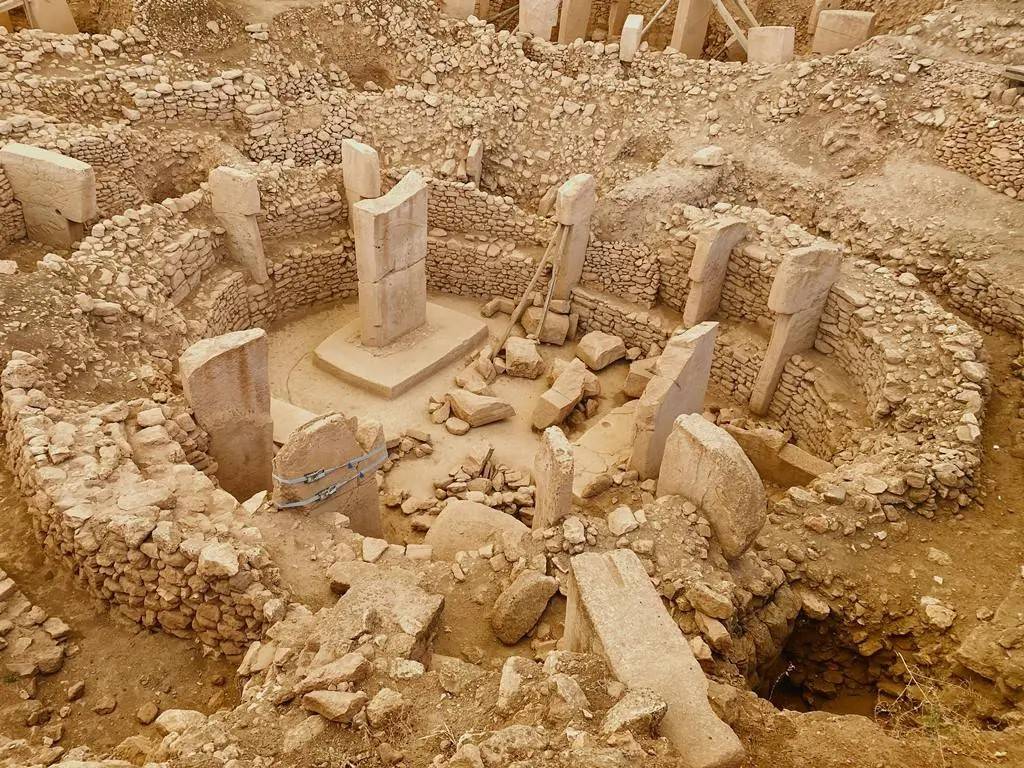
Zde je překlad závěrečné části se zachovanými nadpisy H2:
Arslantepe
This archaeological site provides evidence of one of the earliest forms of statehood. It was inscribed on the UNESCO World Heritage List in 2021.
Gordion
The capital of ancient Phrygia, known from myths about King Midas, was added to the UNESCO list in 2023.
Wooden Hypostyle Mosques of Medieval Anatolia
These 13th–14th century mosques are exceptional for their wooden structures and intricate ornamentation. They represent a unique expression of medieval Islamic architecture.
